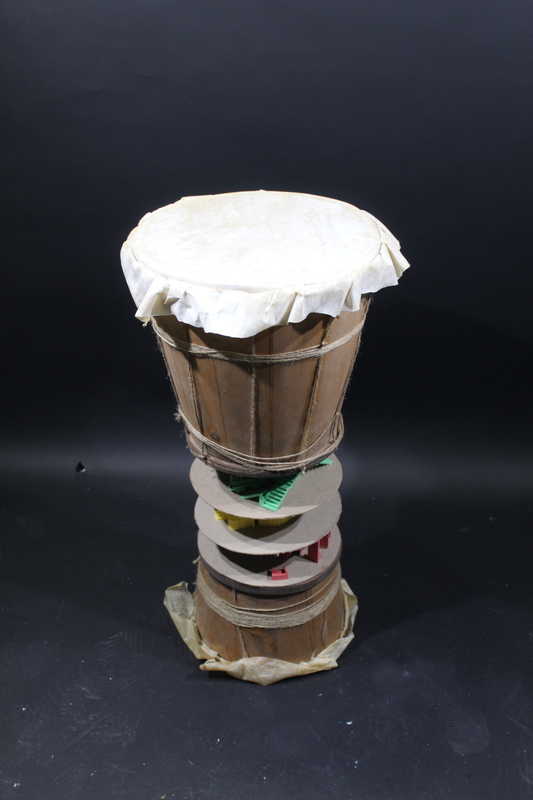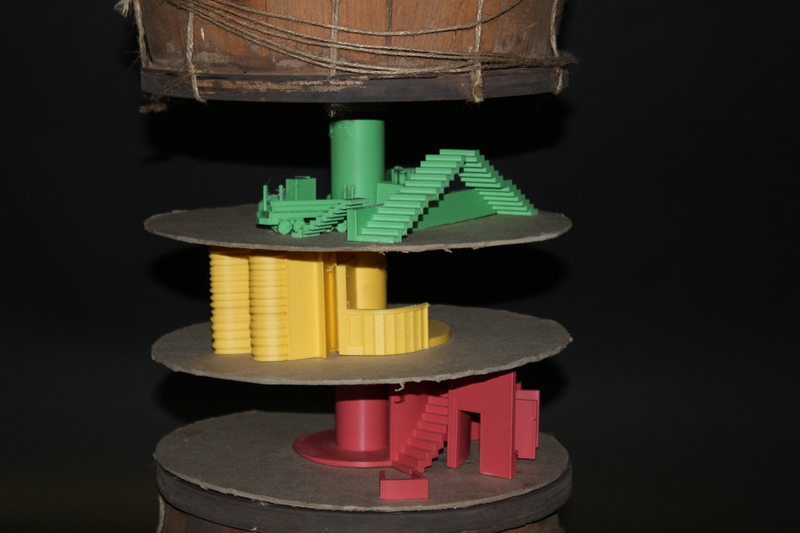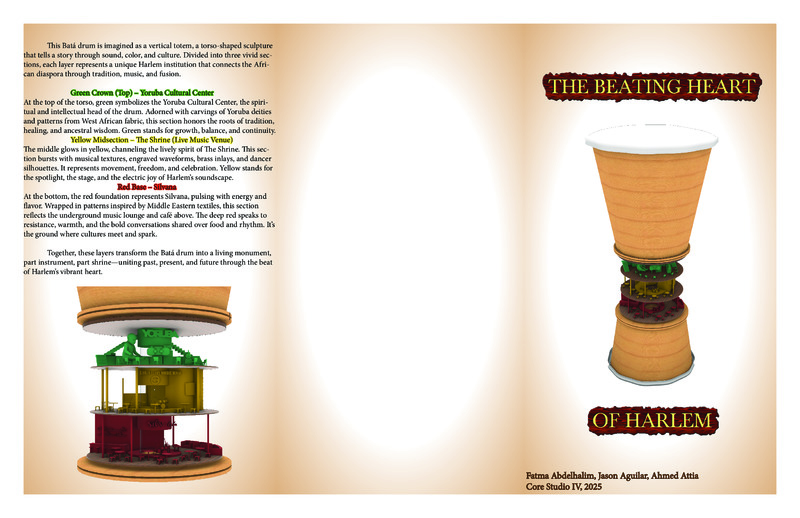The Beating Heart of Harlem
Item
-
Title
-
The Beating Heart of Harlem
-
Type
-
Physical Object
-
Creator
-
Abdelhalim, Fatma
-
Aguilar, Jason
-
Attia, Ahmed
-
Date
-
2025-05-25
-
Description
-
Final Assignment for Generative Histories Harlem Pt. 2
-
Language
-
English
-
Subject
-
Yorba Cultural Center
-
New Heritage Theatre Group
-
Music
-
Connection
-
Tradition
-
Cultural Preservation
-
Rhythm
-
Abstract
-
The bàtá drum, originally from the Yoruba people of Nigeria, is more than a musical instrument, it holds deep spiritual meaning, especially in rituals honoring Orisha deities. When Africans were enslaved and brought to the Americas, they carried these drumming traditions with them. The bàtá, like the talking drum (dùndún), could imitate speech in tonal languages like Yoruba, allowing people to send secret messages, organize gatherings, or warn of danger, often without the slave owners understanding. Because of this power, drumming was banned in many places like South Carolina and the Caribbean. Still, the rhythms lived on, disguised through body percussion, clapping, and even in Christian hymns. Today, the bàtá remains central in Afro-Cuban music, Santería ceremonies, and Yoruba cultural practices around the world.
In Harlem, this legacy continues. The Yoruba Cultural Center of New York played a key role in preserving these traditions through classes, performances, and community events. Venues like Shrine and Silvana also carry on the legacy, giving space to Afrobeat, jazz, reggae, and other music rooted in African rhythms. The sound of drums in Harlem today is more than music, it’s a voice of history, connection, and resistance.





